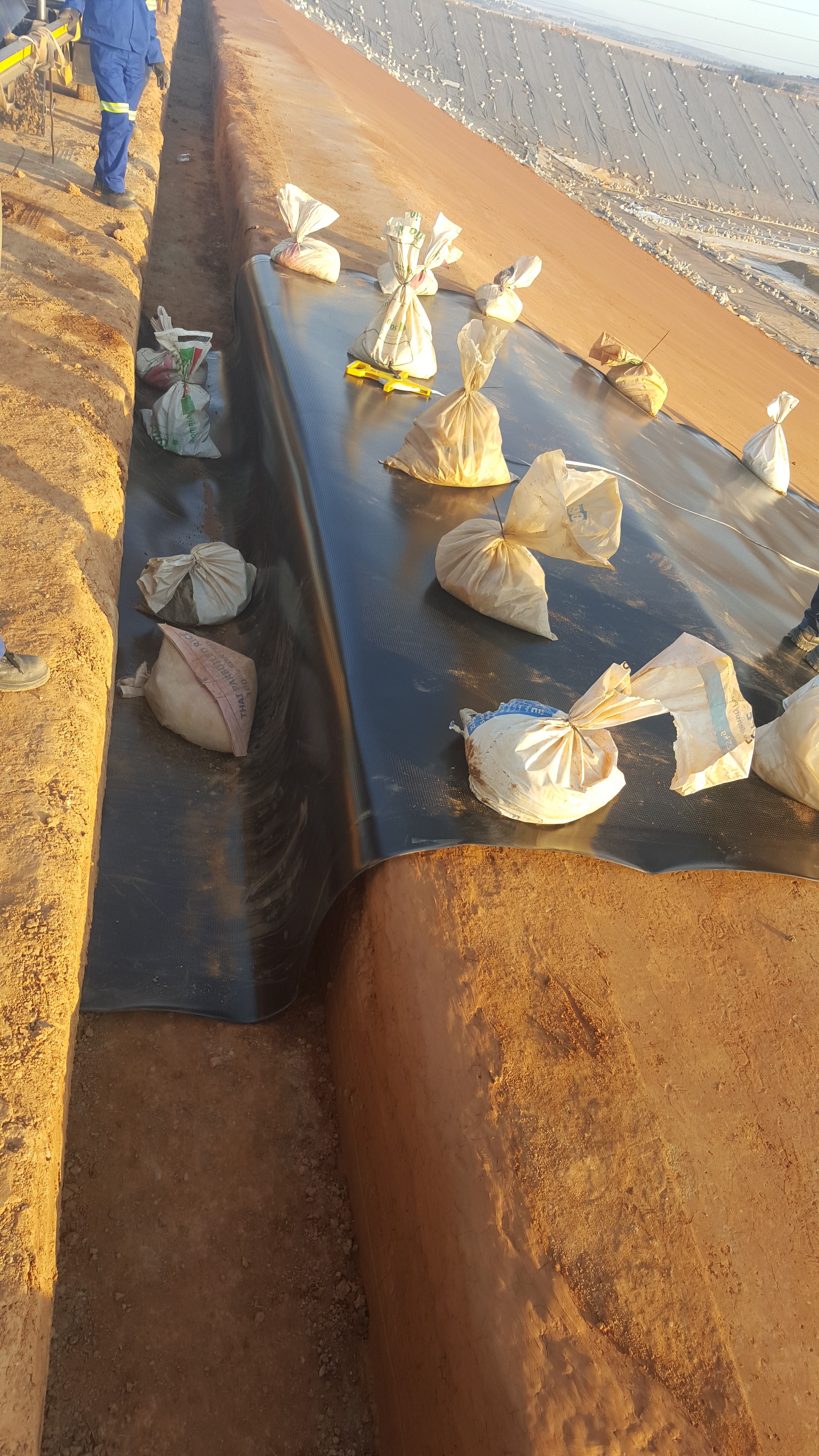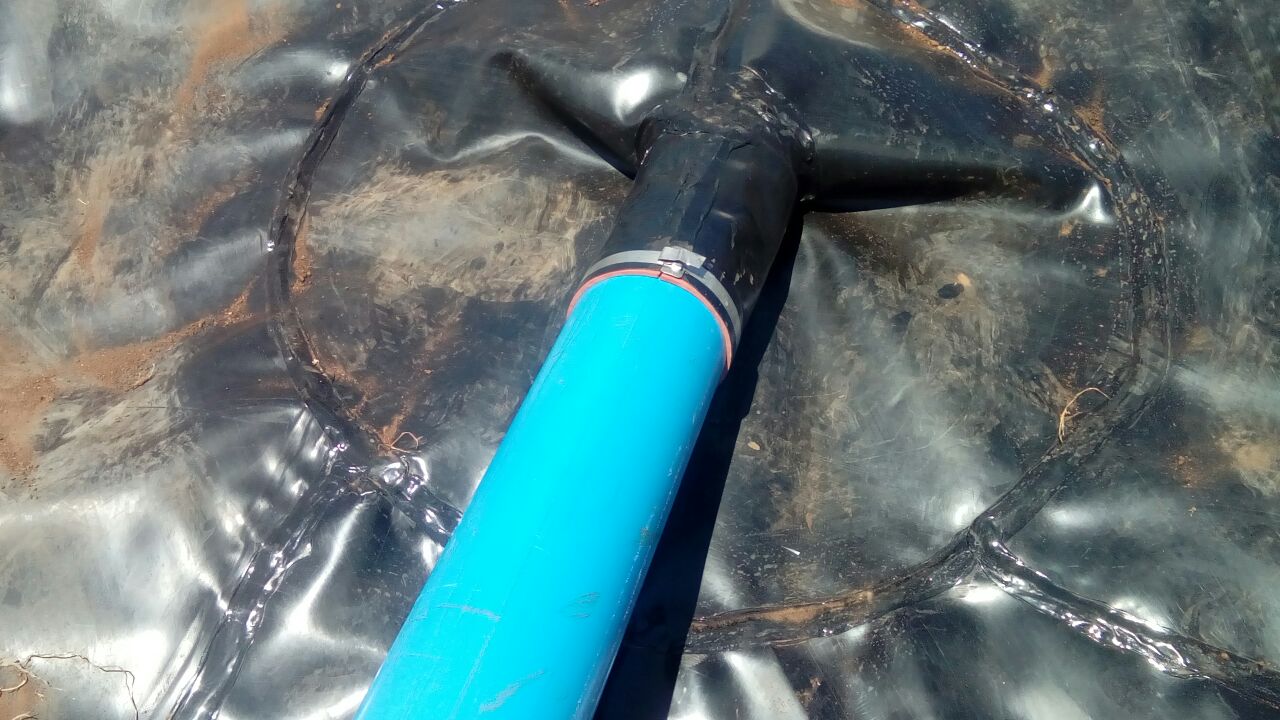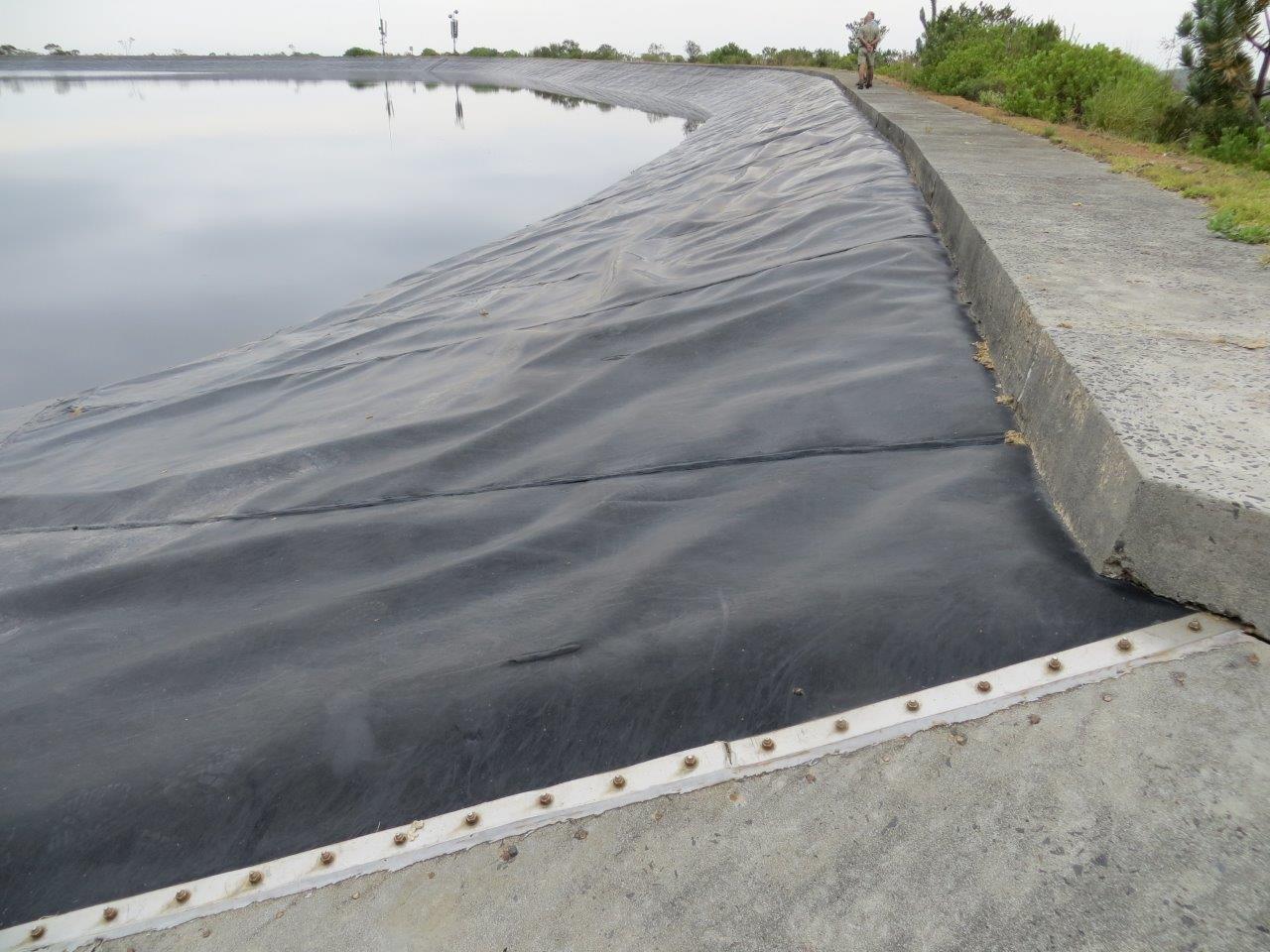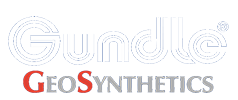The Gundle Geosynthetics Quality Control Plan has been developed to incorporate the Geosynthetic Research Institute (GRI) standard specifications, SANS 10 409:2015 and ISO 9001:2008. These specifications were incorporated as the backbone of the document to ensure that quality is the vital determining factor for every project. As each project is unique it may be required to adhere to project specific specifications, such documentation when required, which will become an appendix to the project contract or the document.
The document covers the most common geosynthetic components used for the construction of a synthetic lining system, including geomembranes; geotextiles; geonets, geocomposites and geosynthetic clay liners. This document out lines the quality control procedures and recommended standards, to which the above-mentioned geosynthetic products have to be installed.
Our quality assurance/quality control document covers the following:
- Personnel functions and duties on site
- Pre-Construction Meeting
- Geomembranes layout and process tests
- Geotextiles layout and process tests
- Geocomposites layout and process tests
- Geosynthetic Clay Liners layout and process tests
- All on site test logs (Destructive and Non-destructive)
Ideal installation conditions

- Anchor trench size: min 300mm by 300mm (to advise).
- Position: 500mm -1500mm away from brim (to advise).
- Trench/canal edges to be round.
- No sharp edging.
- Backfilling to the outside of dam next to anchor trench.
- Soil preparation: Stone free, soft contours.

- Pipe penetration: minimum 300mm(to advise).
- Clearance to do watertight seal around pipe

- Sandbags for holding down liners and prevent wind damage.
- Area to be free of any water/mud.
- Exposed rocks in lined area to be covered with soil or GEO textile.



